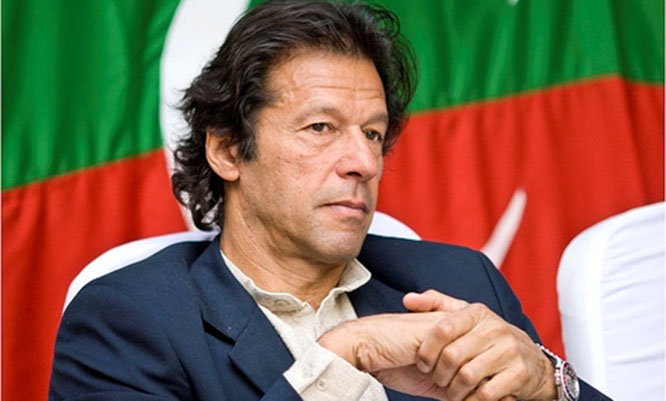India has jumped 14 places to take the 63rd position on the World Bank's ease of doing business ranking released on Thursday, figuring among the top 10 performers on the list for the third time in a row mainly due to the successful implementation of the Insolvency and Bankruptcy Code.
The country was 77th among 190 countries in the previous ranking.
India figured among the top 10 performers on the list for the third time in a row. New Zealand continues to top the global ranking, with Singapore, Hong Kong right behind. Korea is in fifth place and the US on sixth. The ranking comes at a time when the Reserve Bank of India (RBI), the World Bank, the IMF and various rating agencies have slashed the country's growth forecasts amid a slowdown in the global economy.
In its 'Doing Business' 2020 report, the World Bank commended the reform efforts undertaken by the country "given the size of India's economy".
"This is the third year in a row that India makes to top 10 in 'Doing Business', which is a success which very few countries have done over the 20 years of the project. Without exception, the other countries that have done this are very small, population-wise, and homogeneous," Simeon Djankov, Director of Development Economics at the World Bank told PTI in an interview.
"India is the first country of its type to achieve that. It has jumped this year by 14 position," he said.
Apart from India, the other countries among the top 10 performers are China (31), Bahrain (43) Saudi Arabia (62), Jordan (75), Kuwait (83), Togo (97), Tajikistan (106), Pakistan (108) and Nigeria (131).
Prime Minister Modi's 'Make in India' campaign focused on attracting foreign investment, boosting the private sector, manufacturing in particular, and enhancing the country's overall competitiveness, the World Bank said in its report.
The government turned to the 'Doing Business' indicators to show investors India's commitment to reform and to demonstrate tangible progress. In 2015, the government's goal was to join the 50 top economies on the ease of doing business ranking by 2020.
While the competition to move up the ladder would increase and become much tougher, India is on the track to be within top 50 of the Ease of Doing business in the next year or two, Djankov told PTI in response to a question.
And to come under 25 or below 50, the government needs to announce and start implementing next set of ambitious reforms now, as these reforms takes a few years to be realised on the ground, he said.
"The administration's reform efforts targeted all of the areas measured by Doing Business, with a focus on paying taxes, trading across borders, and resolving insolvency. The country has made a substantial leap upward, raising its ease of doing business ranking from 130 in Doing Business 2016 to 63 in Doing Business 2020,” the report said.
One of the main reasons for improvement in India's ranking this year goes to the successful implementation of the Insolvency and Bankruptcy Code, the World Bank official said.
"Before the implementation of the reform, it was very burdensome for secured creditors to seize companies in default of their loans," the report said.
"Since its implementation, more than 2,000 companies have used the new law. Of these, about 470 have commenced liquidation and more than 120 have approved reorganization plans, with the remaining cases still pending," it said.
In the past, foreclosure was the most common procedure reported by legal practitioners in both Delhi and Mumbai under the case study assumptions measured by the resolving insolvency indicator set, with an approximate duration of 4.3 years, it said.
"Reorganisation has become the most likely procedure for viable companies as measured by Doing Business, increasing the overall recovery rate from 27 to 72 cents on the dollar," the bank said.
In addition to resolving insolvency, significant improvements were registered in starting business, dealing with construction permits and trading across borders, the report said.
"India made starting a business easier by abolishing filing fees for the SPICe (Simplified Proforma for Incorporating a Company Electronically) company incorporation form, electronic memorandum of association, and articles of association," it said.
Delhi streamlined the process, reduced the time and cost of obtaining construction permits, and improved building quality control by strengthening professional certification requirements. Mumbai streamlined the process of obtaining a building permit and made it faster and less expensive to get a construction permit.
India made trading across borders easier by enabling post clearance audits, integrating trade stakeholders in a single electronic platform, upgrading port infrastructures, and enhancing the electronic submission of documents, the report said.
India was ranked 142nd among 190 nations when Prime Minister Narendra Modi took office in 2014. Four years of reform pushed up India's rank to 100th in 'Doing Business' 2018 report.
This latest edition of the study documents reforms implemented in 10 areas of business activity in 190 economies over a 12-month period ending May 1, 2019.
The 10 areas measured in the report are: starting a business, dealing with construction permits, getting electricity, registering property, getting credit, protecting minority investors, paying taxes, trading across borders, enforcing contracts, and resolving insolvency.






Comments
Add new comment